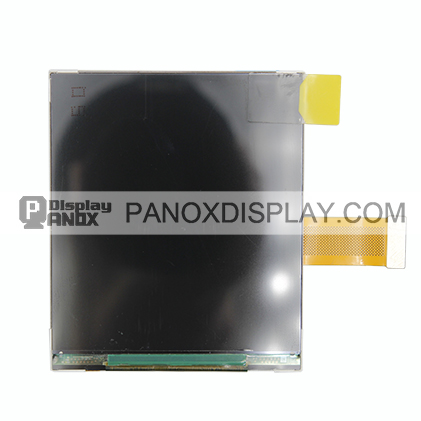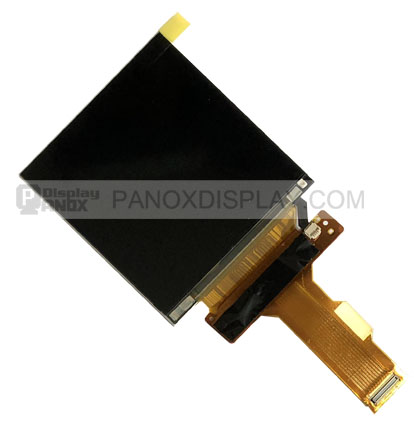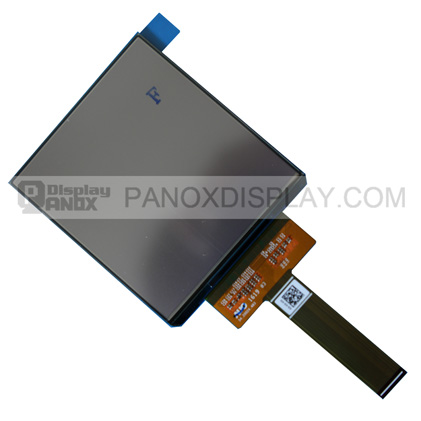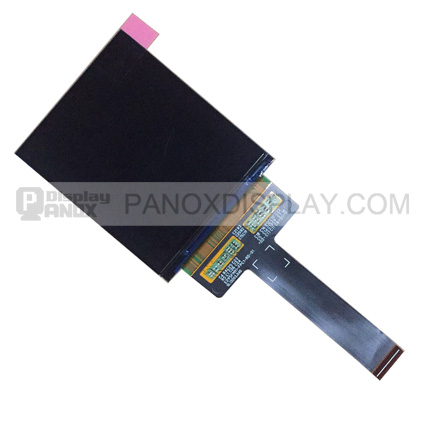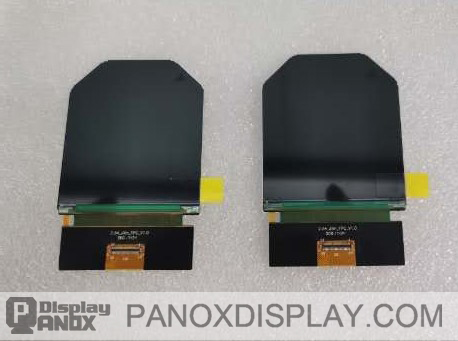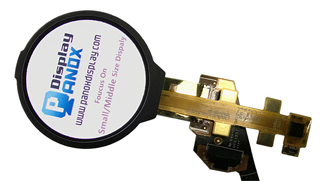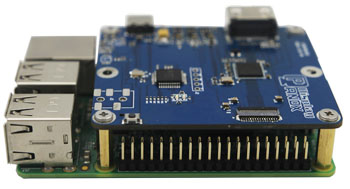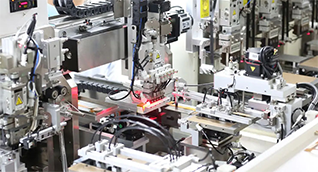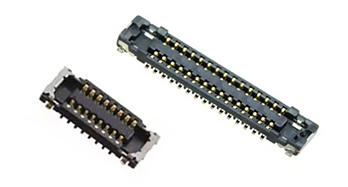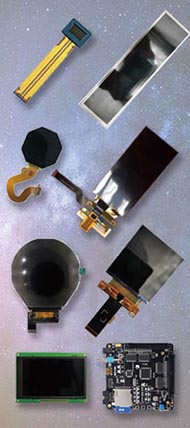Flight simulator has been wont to train pilots for quite 80 years. During that time, there are many breakthroughs in aviation technology. Now VR (virtual reality) is close to inaugurating an entirely new era of professional pilot training, with far-reaching consequences for the aviation industry.
Check VR Display Panel
Check VR Display Panel
All pilots, from Air Force to commercial to non-public jet pilots, are trained on the wing simulators for the brink of a century. But computer game is close to changing the way students are taught at pilot training schools, in what's set to be quite just a breakthrough for technology. A VR pilot training system has the potential to significantly lower flight training costs while decreasing Air Force budgets. they will even be used to train mechanics.
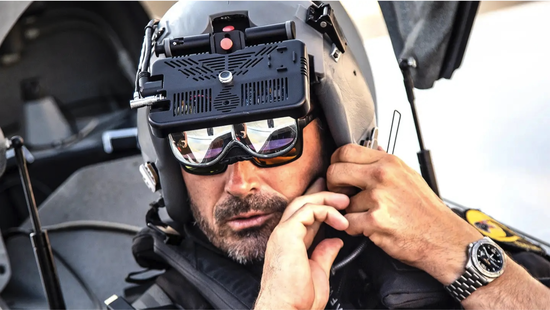

What is VR pilot training?
Are VR flight simulators the longer term of pilot training? Are VR flight simulators the longer term of pilot training? Typically, a trainer is made by chopping off the front (cockpit) of an airplane, which is then mounted on a hexapod platform that allows the part of the airplane on top to maneuver six degrees. Video displays are then installed, allowing pilots to seem out over a landscape or runway.
Flight simulators are huge, weigh tons, and price tons. for instance, a Type 7 full trainer sells for upwards of $12 million, excluding the cost of operating the simulator. It gets even costlier with the launch of a more modern model of airplane, which suggests the old one must be dumped. The result's that the pilot training cost is extremely high and beyond the reach of many aspiring pilots.
Flight simulators are huge, weigh tons, and price tons. for instance, a Type 7 full trainer sells for upwards of $12 million, excluding the cost of operating the simulator. It gets even costlier with the launch of a more modern model of airplane, which suggests the old one must be dumped. The result's that the pilot training cost is extremely high and beyond the reach of many aspiring pilots.
Is VR pilot training still a speck on the horizon?
The aviation industry is split about the effectiveness of employing a VR(virtual reality) pilot training system in pilot training schools. Some argue that nothing on the market can replace the tried-and-tested flight simulator, believing that it’s vital for pilots to coach during a real cockpit where they will reach for his or her breathing device albeit the cockpit begins to fill with smoke, and feel the subtle vibrations of the plane through a true cockpit seat.
The United States Army recently announced an effect on Microsoft to use its HoloLens technology(VR headset manufacturer) in training. this enables soldiers to urge real-time readings on their environment, but research objectives aim to develop technology that permits pathfinding, target acquisition, and mission planning. supported the large savings on flight training costs and therefore the reduced risk related to VR flying, it’s likely that computer games are going to be rapidly adopted at military pilot schools also as in commercial and personal pilot training.
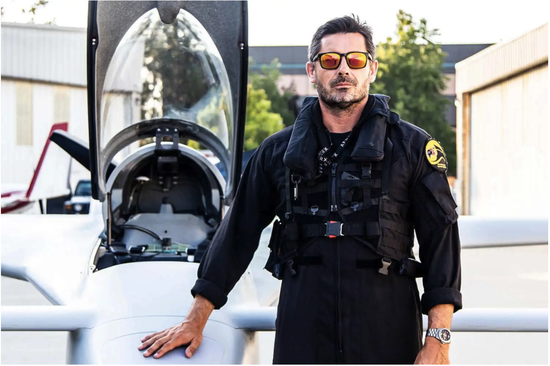
The United States Army recently announced an effect on Microsoft to use its HoloLens technology(VR headset manufacturer) in training. this enables soldiers to urge real-time readings on their environment, but research objectives aim to develop technology that permits pathfinding, target acquisition, and mission planning. supported the large savings on flight training costs and therefore the reduced risk related to VR flying, it’s likely that computer games are going to be rapidly adopted at military pilot schools also as in commercial and personal pilot training.

The future of VR pilot training
In the last decade, VR has gone from things of fantasy to a mainstay of the video gaming industry. quite 230 companies were developing VR-related products by 2016, including big-name brands like Google, Apple, Amazon, Microsoft, Sony, and Samsung. By 2018, Facebook had showcased Half Dome, a prototype with a varifocal display. This allowed for an infinite number of focusing distances for near, intermediate, and far vision, with a 140-degree field of view without forfeiting the current form or weight of VR consumer devices.
Current technology uses a VR headset or multi-projected environment that simulates a user’s physical presence during a virtual environment. But the device that’s advancing VR pilot training most importantly is understood as a haptic system (also called ‘force feedback’ in video gaming and military training applications), which has the power to transmit vibrations and other sensations to the user.
Advancements within the virtual world have seen the Air Force using the technology as a part of their pilot training systems, and it’s had particularly positive results for sufferers of Post-Traumatic Stress Disorder (PTSD).
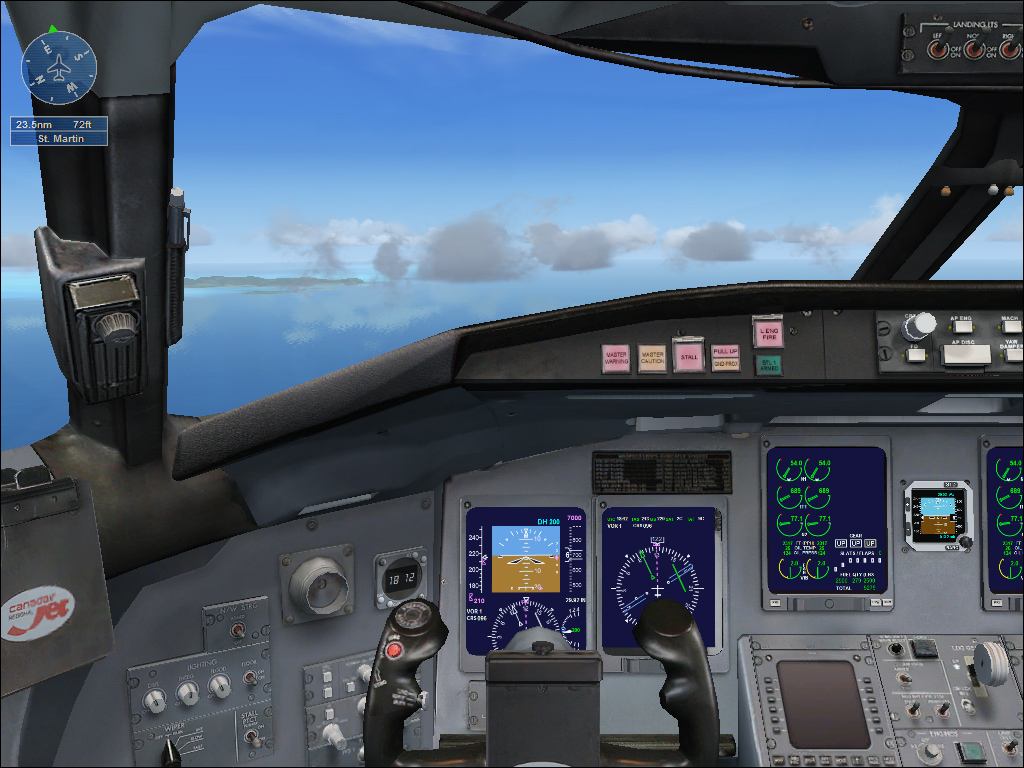
The technology is additionally getting used as an alternative to video tutorials at private pilot schools. Recently, the chief pilot instructor of an Australian aviation company worked with a production studio to make a VR flying experience that teaches students the fundamentals of flying employing a smartphone and mobile VR headset. A VR pilot certification course is already being offered, with others thanks to being added if the primary course is successful.
A quick guide to the simplest VR headsets and platforms on the market A pilot’s logbook, badge and cap pilot’s logbook, badge, and cap At present, the VR headset is either mobile or tethered. Mobile headsets allow a user to connect a cellphone, turning their smartphone into a VR device. this suggests no wires are required. The Samsung Gear VR and Google Daydream View is a cheap mobile VR headsets. Tethered headsets offer six degrees of freedom (6DOF) to accurately track a user’s position for a more immersive VR experience. thanks to the limited processing power of smartphones compared to desktop or laptop computers, tethered VR headsets typically provide a way more immersive and realistic cockpit experience.
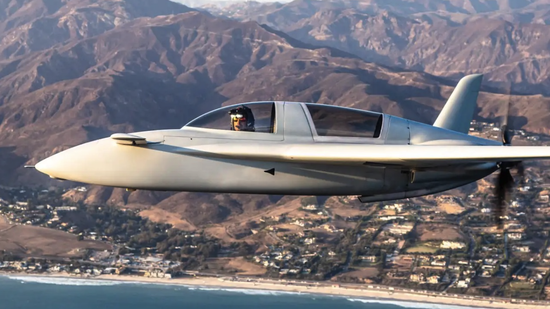
There are several pieces of kit a user must get started:
A VR flight computer
A quality VR headset
VR flight software
A yoke or joystick to regulate your airplane
Rudder pedals, which are important for users who want to actually fly someday
A quality VR headset
VR flight software
A yoke or joystick to regulate your airplane
Rudder pedals, which are important for users who want to actually fly someday
Although not yet available to the common user, a number of the newest work being through with haptic (force feedback) technology involves mechanical actuators – devices placed in touch with different areas of the body, most often the hands and fingertips, which permit the user to experience sensations in VR. This has an exciting benefit when adapted for pilot training: they provide VR-trained pilots with realistic touch-based confirmation of every switch and dial they use while on the wing.
There are some exciting VR headset developments due for launch in 2019. Stand-alone headsets that use advanced, dedicated technology are expected from both Vive and Oculus. additionally, to being mobile, the next-generation headsets will include eyeball-tracking and increased field-of-view aspects, allowing developers to make more realistic and accurate simulations which can enhance private pilot training online, and the virtual simulation experience.
The award-winning Microsoft trainer X is now available on Steam.
The Microsoft trainer X Steam Edition, with updated multiplayer function and Windows 8.1 support, gives users a VR flying experience to any one of 24,000 destinations onboard a number of the world’s most iconic aircraft. The FSX Steam Edition’s VR flying games racing mode gives players the chance to compete in four sorts of racing, including Red Bull Air Race courses, sailplane courses, and fictional courses just like the Hoop and Jet Canyon in several weathers.
|
|
2.9" LCD, 1440x1440, VR |
How pilots and therefore the aviation industry can make VR work for them
One thing’s for sure: the utilization of VR in aviation can not be ignored, whether a pilot or flight instructor feels more reception in an old-school sawn-off cockpit or strapped to the newest Type 7 full-flight simulator. the amount of VR headsets in use at every major aviation and aerospace fair is proof of this, alongside the military case study for the affordability, effectiveness, and ease of use of VR pilot training systems.
VR flight simulations won't be ready to take the place of actual experience in the air, but they will open up the chances of a career in aviation for an entirely new generation by significantly reducing pilot training costs.
Recently, Lufthansa Aviation Training launched its first VR Training for cabin crew in Frankfurt and Munich. In the future, flight attendants’ recurrent training will happen in modern VR hubs. Around 18,500 flight attendants annually will practice safety-related training in state-of-the-art virtual training courses, and there are plans to expand the VR training to other areas of cabin crew training.
Despite the exciting possibilities of VR pilot training, the technology has how to travel and lots of people to convince before it becomes a part of mainstream pilot training. Many aviation experts are still of the opinion that VR flying, regardless of how realistic, can never be equivalent to being in Type 7 full trainer or maybe a basic cargo plane simulator.
There is the difficult to beat of convincing the brain that it's during a real-life flight situation when the scholar knows he or she will hit the reset button and roll in the hay once again. the longer term of VR flight training will depend on technology’s ability to realize what's being called ‘fused reality’ – having the ability to convince the brain that it's during a real-life or critical situation even when it knows it’s during a world of VR.
|
|
2.95" Amoled, 1080x1200, VR |
Although VR technology still features a great distance to travel, it's developing in leaps and bounds. For now, the pilots of tomorrow can be placed on a VR headset and get to grips with a Cessna 172, fly the Airbus A320, and master a Boeing 747. After all, every pilot will tell you they dreamed long before they flew.
|
|
2.54 inch round/circular TFT-LCD 1440X1600 MIPI |










